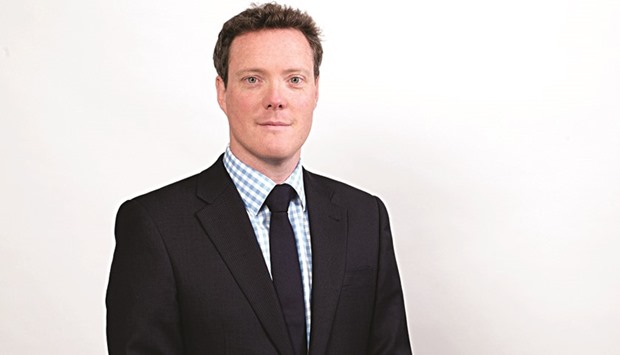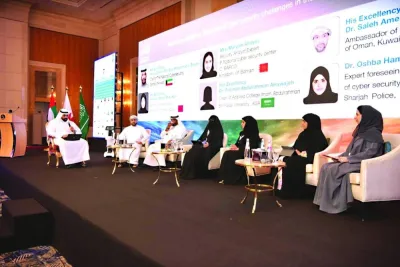The Middle East sovereign investor confidence remains stable despite challenging external environment and allocations towards the infrastructure and private equity have expanded over the last two years, according to Invesco, a leading independent global investment management firm.
“The overall Middle East sovereign investor confidence remains stable — and has done since 2013 — with Invesco’s Sovereign Confidence Index highlighting that overall confidence has remained steady at 7.2 in 2014, to 7.3 in 2016,” it said in a report.
While the challenging macro-economic environment, driven by the sustained low oil price, has impacted on global sovereign investment performance, with average annual portfolio returns having fallen, Invesco said Middle East sovereign investors remain better prepared in terms of investment capability and governance.
On average new funding accounted for 3% of assets, while the average sovereign investor withdrew or cancelled only 7% of assets, as sovereigns cope with funding challenges.
Time horizons for investing are also lengthening as Middle East sovereign investors manage these challenges, rising from 7.1 to 7.7 years over the past four years amid continued interest in the diversification benefits and illiquidity premiums offered via alternatives, it said.
Tracking confidence based on returns and aggregate capabilities (looking at investment expertise, people and talent, governance and third parties), the index shows that global liability and development sovereigns report increased confidence consistently across both categories.
While lower returns have impacted global investment and liquidity sovereigns, who have seen confidence based on performance drop from 8.4 in 2014 to 7.7 this year, confidence in aggregate capability has gone up from 7.4 to 7.8 over the same period.
“Many sovereign investors are now comfortable operating in an environment with limited new funding. Some have ceded assets to governments without cancelling long-term investments, while others have not been called upon at all for withdrawals over the last 12 months,” according to Alex Millar, Head of Invesco EMEA sovereigns and Middle East and Africa institutional sales.
Many of these institutions, he said appear confident in their funding outlook and are increasing the importance of their investment objectives relative to their short-term liquidity needs.
The study said new allocations to frontier markets are also on the rise, with Middle East allocations to emerging Asia increasing from 1.5% in 2014 to 2.3% in 2015, and in Africa from 1% to 2.6%.
Manufacturing capability, political stability, and the quality of infrastructure are cited as key factors for this change, and via a range of products including conventional equity and fixed income products, and direct investments into alternatives such as real estate.
Conversely, the BRIC markets — Brazil, Russia, and China — have all lost their attractiveness to Middle East sovereign investors amid weaker performance, with only India becoming increasingly attractive.
In comparison to the last few years, sovereign investors globally are now less willing to overlook political and regulatory concerns in these regions in order to hit target allocations.
Finding that real estate emerges as the preferred asset class, Invesco said Middle East sovereign investors have focused on increasing allocations to infrastructure and private equity over the last two years; however attitudes have changed in 2016, and for the first time fewer sovereign investors expect to increase allocations to these asset classes.
While allocations to infrastructure and private equity have increased over the last three years, total allocations remain low, it said, adding from 2013 to 2015, the Middle East sovereign investors’ average total portfolio assets to infrastructure increased from 0.3% to 2.5%, whilst private equity rose from 5.2% to 5.5% of the Middle East average sovereign portfolio.

Millar: Strong outlook.


